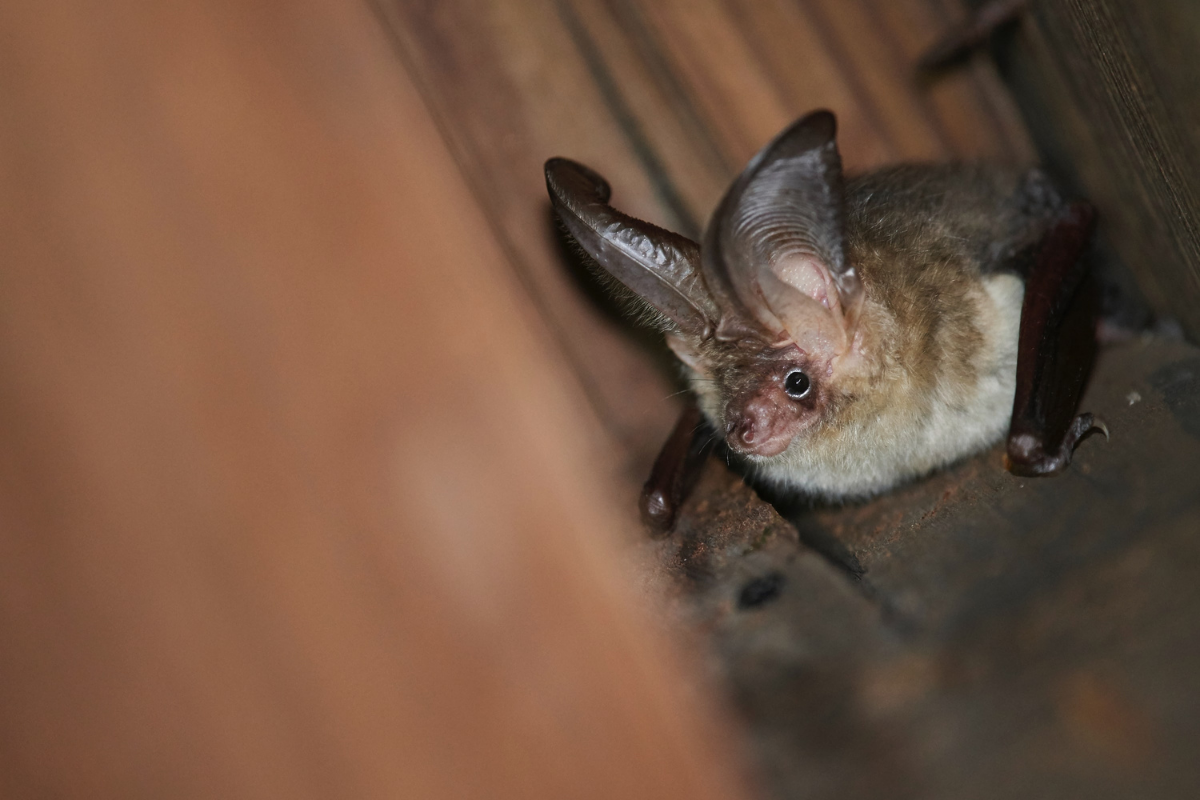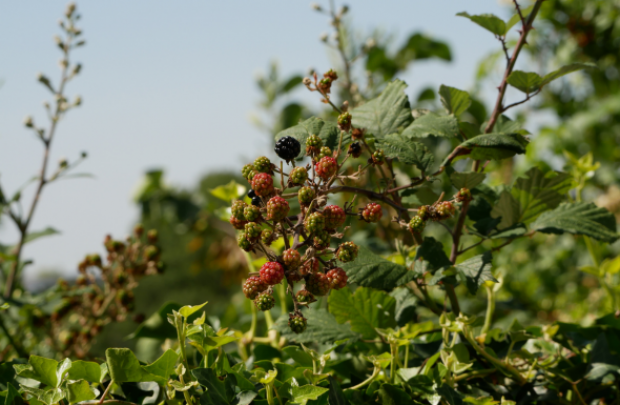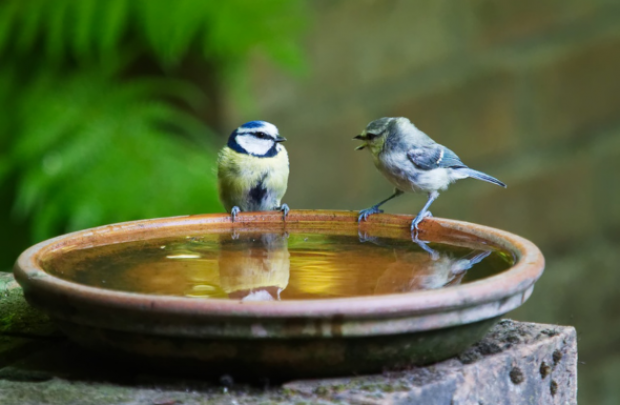
Batty for bats!
by Daniel Vickers, Zoology, Bangor University
After a winter of hibernation, bats are amongst the many creatures to awake and make the most of the coming weather. But what makes bats so special?
Bats are a sign. Not of disease or gothic monsters as some may think, but of healthy ecosystems and the approach of warmer spring weather! They can be found from hillside forests to urban gardens across the UK, coming out at night to hunt for food.
With eighteen species found in the UK, bat species make up nearly a quarter of the UK’s mammal species. They vary greatly in size – from the Pipistrelle bat with a wingspan of 20cm (weighing in at the same as a pound coin!) to the Noctule bat with its 32-40cm wingspan. British bats are predatory animals, feeding commonly on a range of invertebrate such as spiders and mosquitoes. Bats will happily take advantage of ponds and plants that attract insects to feed.
Why should bats be appreciated?
Firstly, they are a key part in controlling insect populations in agricultural land due to their insect-based diet. Hunting around crop fields, they act as a natural insecticide meaning less harmful chemicals need to be used. This also applies to fields with livestock in too! Flystrike is a nasty disease caused by flies laying eggs on a mammal, which is sometimes fatal. So bats, as predators of insects which cause this condition, can play a part in helping reduce the number of flystrike cases.
Bats are also a truly unique mammal, possessing an ability that no other mammal has. Bats are the only mammal capable of true sustained flight, allowing them to fill a niche in the environment which is specific to them.
Much like owls, bats are nocturnal. But unlike owls, bats in the UK prey on insects. So there is no competition with the owl as a nocturnal predator feeding on small mammals. They can live happily alongside each other! Being a nocturnal predator means that they play an important part in controlling the populations of other nocturnal animals, preventing them from overrunning and harming environments.
Bats use sound in an incredible way, for communicating and hunting. They use something known as echolocation. Dolphins use it too! Echolocation is the production of sound waves, which bounce off objects back towards the bat allowing it to ‘see’ the shape, size, and locations of objects in darkness. Their use of echolocation created the misconception that bats are blind - but their eyesight is actually at the same level as a human’s. They primarily use echolocation to find their way through darkness. Echolocation provided the fundamental ideas for sonar and radar navigation used in submarines, ships, and planes. Sonar uses soundwaves underwater to detect objects, and radar uses electromagnetic waves in the air. The waves produced during echolocation can’t be heard by humans, but there are bat detectors and other equipment out there which allows you to listen to their calls.
Bats at Risk
Bats in the UK are already experiencing a huge decline in numbers and without help their numbers will only dwindle further. In just the Pipistrelle species there was a 70% decline in population numbers between 1978 and 1993, showing how even a species that can survive in a wide range of habitats, from cities to forests, can be affected by human activity. If that’s the case, what must the impact be on more specialist species?
Some bat species are known to be specialists to certain environments, with some even requiring a specific type of tree to survive. Without these particular habitats, they are not able to roost and breed. So they are much more vulnerable to threats than species which can survive in varying environments.
How can you attract bats?
Simple additions to your space, such as pollinating flowers or a source of water is all that is required to attract bats. This is because the only way to attract bats to your garden is to make it a habitat for insects first! Ponds and other water sources can act as a source of food and water for bats, making it a perfect hunting ground. Remember that bats thrive in the dark, so using lights in your garden can disrupt their behaviour.
What might the world look like without bats?
- The use of pesticide on farms would increase to combat higher insect populations.
- The use of sound waves in navigation may have been developed much later or not at all.
- The gothic genre may look completely different – what would Dracula transform into?
- Many plant species in tropical countries would struggle to reproduce and grow, as they rely on bats to disperse their seeds.
- It would be harder to rebuild rainforests in harder to reach areas, again due to seed dispersal.
- Medicine that prevents blood clots may not have been developed, affecting anyone who suffers from blood clots.
From movie culture to medicine, bats have made an impact that needs to be appreciated. So next time you’re out at dusk, look out for the fluttering of wings against the setting sun.
Check out more guidance on spotting and listening to these amazing animals.



